Wednesday, September 18 is a big day for the millions of people who depend on Social Security Disability Insurance (SSDI). This is especially true for disability beneficiaries whose birthdays are between September 11th and September 20th. Based on what the Social Security Administration (SSA) has planned, payouts for this group will be made on that Wednesday.
For more than nine million Americans with disabilities who can’t work and need money to meet their basic needs, SSDI is their only way to get by.
The payments aren’t made all at once; instead, they’re spread out over the course of the month based on the birthday of each recipient. Let’s talk about how this payment system works and what you should do if your payment doesn’t show up when you expect it to.
How the SSDI payment schedule works
To make it easier to handle payments, the Social Security Administration divides SSDI recipients into groups based on the date they were born. This is how the plan is set up:
- Born between the 1st and 10th of the month: These individuals receive their payment on the second Wednesday of every month.
- Born between the 11th and 20th of the month: This group receives their check on the third Wednesday of the month, which in this case is September 18th.
- Born between the 21st and 31st of the month: These payments are made on the fourth Wednesday of the month, which this year falls on September 25th.
This spread-out plan makes it easier for the SSA to handle processing payments, since sending out all the payments at once could cause delays or system bottlenecks.

What if you started receiving payments before 1997?
People who started getting SSDI payouts before May 1997 will get their payments at a slightly different time each month. Instead of getting their money at different times based on their birthdays, these people get it on the first of every month.
The same goes for people who get both Supplemental Security Income (SSI) and SSDI. If you are in this group, you should have gotten your check on September 1.
What to do if your payment doesn’t arrive on time
Benefit recipients from SSDI often get worried when their payment doesn’t arrive in their bank account on the due date. But there are a few things you should think about before calling the SSA.
The Social Security Administration says that you should wait at least three working days before you do anything. Payment delays are sometimes caused by a problem with the bank or a short-term problem with the transfer process that is quickly fixed.
The first thing you should do if the payment still hasn’t shown up after three days is call your bank to see if the problem is on their end.
The next step is to call the Social Security office straight after the bank makes sure that everything is okay. You can call or go to a nearby office to get the problem fixed. When problems with payments are reported to the SSA, they are usually taken care of right away.
How much do disability beneficiaries receive?
Different people who get SSDI get different amounts of money. This is because of things like their work experience and where they live. In 2024, the average monthly payment in New Jersey is $1,648.06, while the average monthly payment in Washington, D.C. is $1,321.04.
It is important to keep in mind that SSDI benefits are not always the same amount for everyone. The person’s income from working years is used to figure out how much they have to pay each month. The more someone worked and paid into Social Security, the more they will get in SSDI payments.
The impact of cost of living on SSDI payments
In a time when prices are going up and inflation is going up, it’s important to know about SSDI benefits. Many people depend on SSDI as their only source of income, and any delay or problem with getting the money can put them in a tough spot financially.
The Cost of Living Adjustment (COLA) index is used to change SSDI benefits every year. This means that the payments may go up a little to keep up with inflation. But these changes don’t always fully cover the rising costs of things like rent and health care, which puts a lot of beneficiaries in a tough financial spot.
What else should you know about SSDI payments?
It’s important for SSDI recipients to know not only when and how much they will be paid, but also how their payments may affect their taxes. Depending on how much money a person makes overall and whether they get any other benefits besides SSDI, the federal government may tax some of these payouts.
If you’re not sure about the taxes you need to pay on your SSDI payments or if you want to know if you might be eligible for extra benefits, you should talk to a financial expert or call the SSA directly. They can give you personalized advice to help you handle your benefits and any tax issues that may come up.
Also See:- SSI update: The following describes how US Social Security payments may be impacted by the 2025 COLA

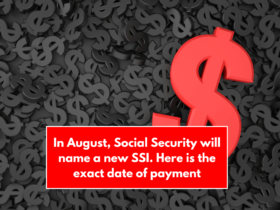

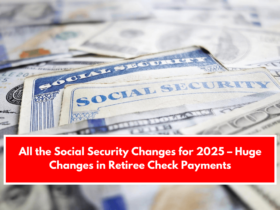
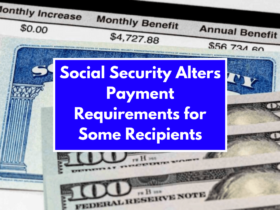
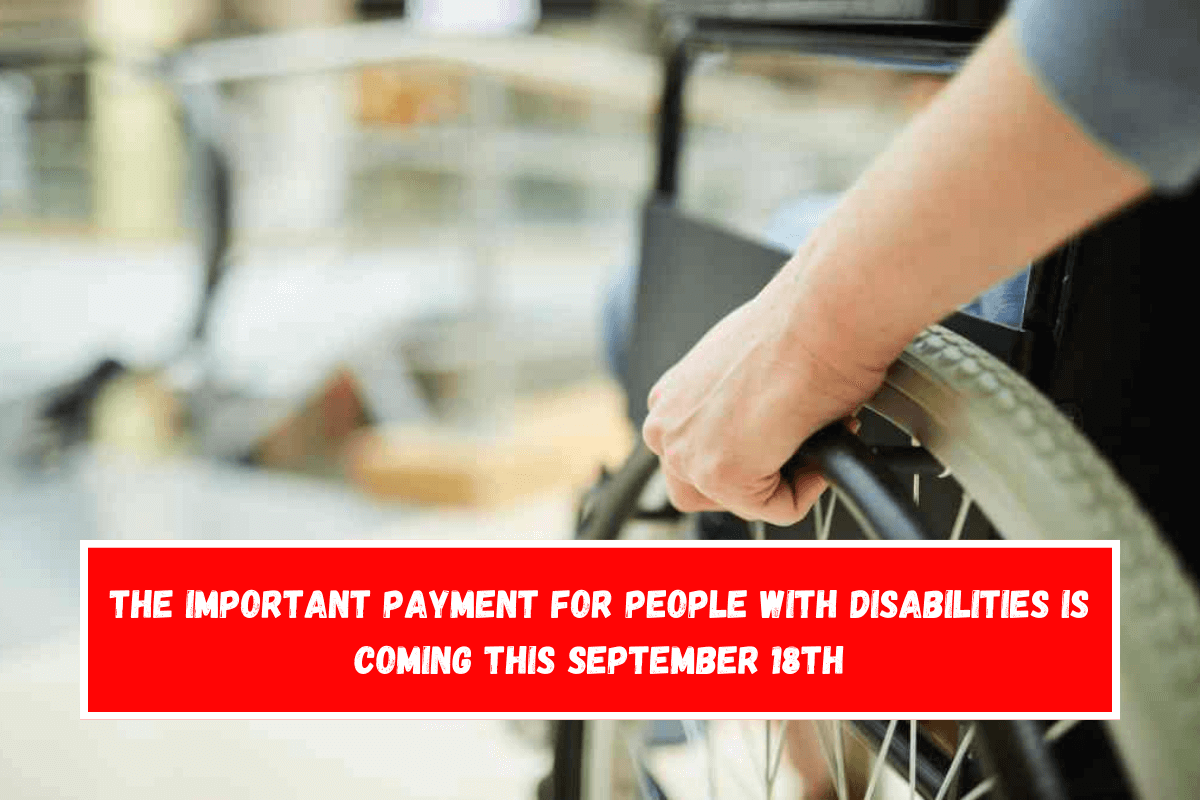





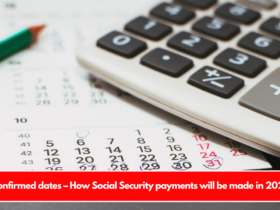



Leave a Reply